The places where water gathers and where water can often be collected are called sources of water.
There are many sources of water.
These sources include rain, rivers, dams, lakes, underground springs and oceans.
The tap is not a source of water.
When rain falls, some of the water flows on the surface of the ground and joins the rivers which flow to become lakes, seas or oceans.
Some of the rain water penetrates into the ground to become ground-water.
Rain water can be collected or harvested and then stored for future use. Rain water is very clean.
The image below shows rain:

It is important to use clean and safe material to collect and store rain water.
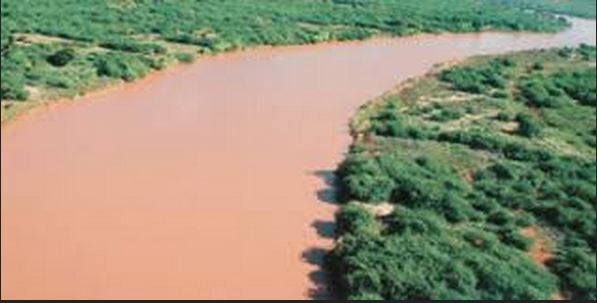
This is water flowing from the hilly places like mountains which form the rain catchments. These hilly places direct rainwater into the rivers. Sometimes the rain water forms or joins the rivers when it is raining.
When a wall is constructed across a river, the wall holds water or blocks the flow of the river forming a man-made lake.
This man-made lake is called a dam or reservoir.
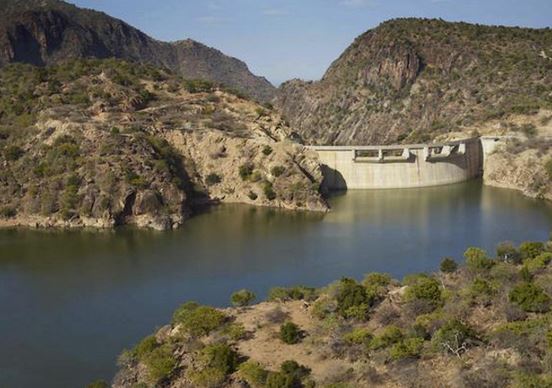
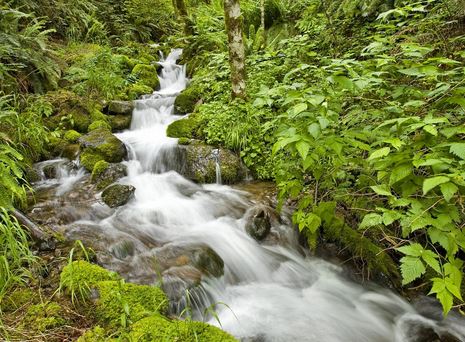
These are streams flowing from the accumulated ground water. The springs are replenished with rain water. The springs may leave the ground and join rivers.
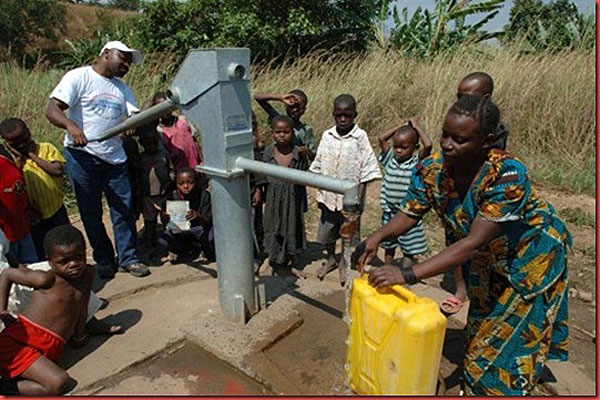
The image above shows well.
These are deep holes dug into the ground to tap accumulated ground water.
[resource: 1403, align: left]
The image above shows a borehole.
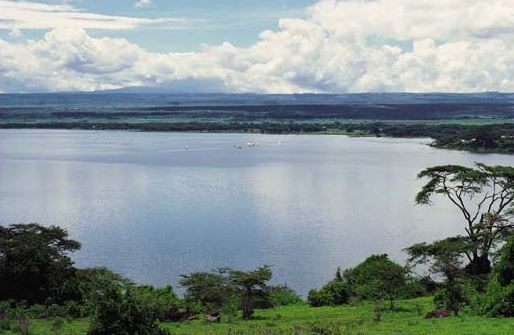
A lake is a body of water that is often surrounded by land. In Kenya there are many lakes that are used as sources of water. These include lake Victoria and lake Naivasha. Above is an image of Lake Naivasha.
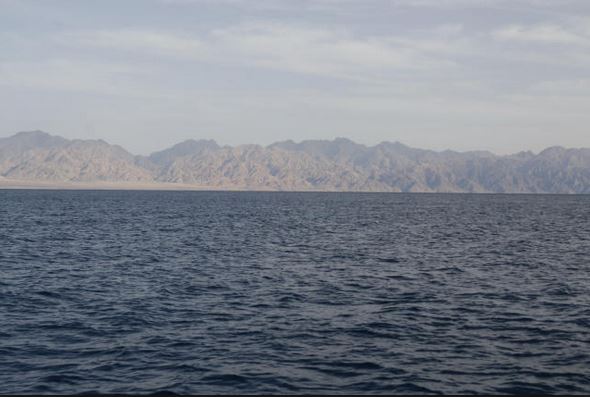
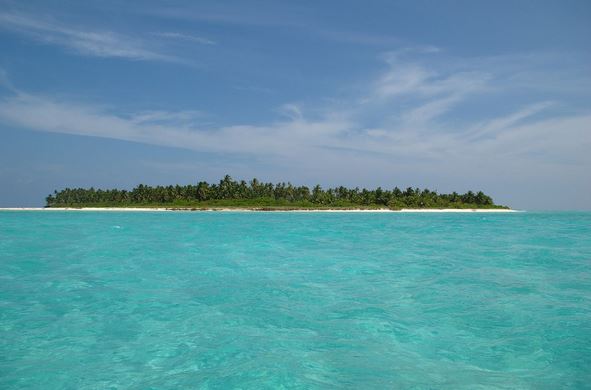
These are large bodies of water that are often salty. Examples include the Indian ocean and the Mediterranean sea. The above images shows the Red Sea and the Indian Ocean.